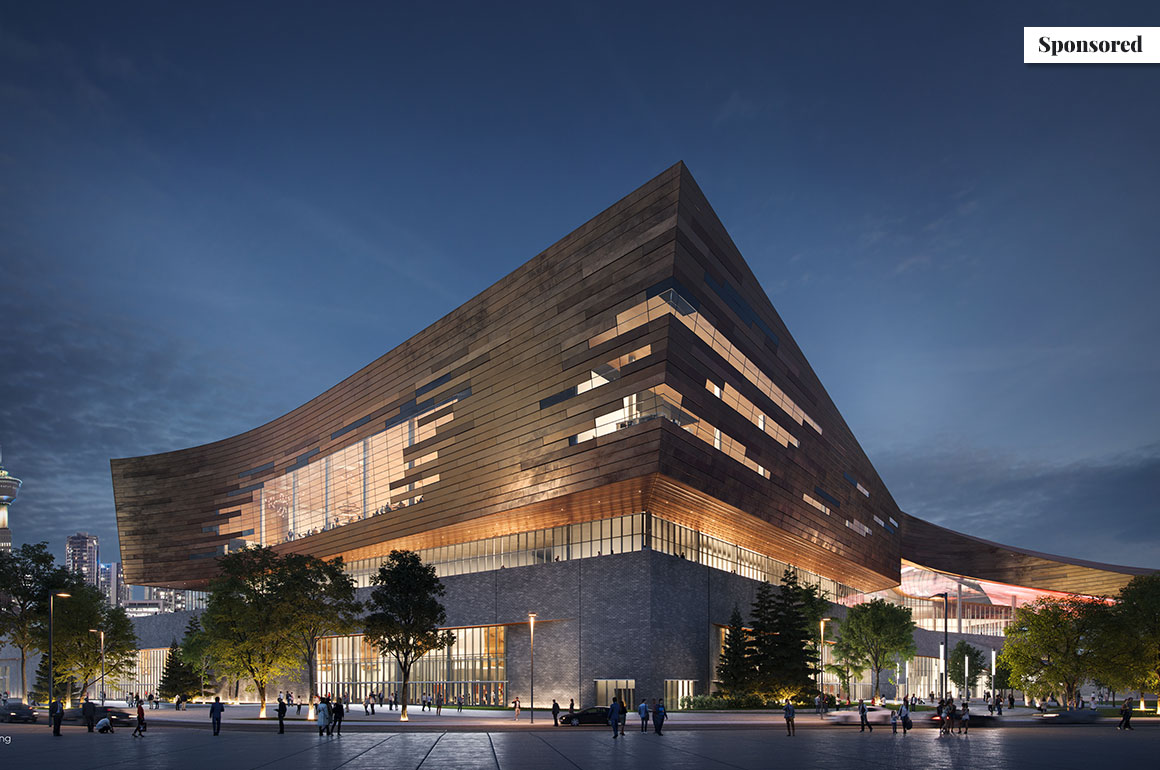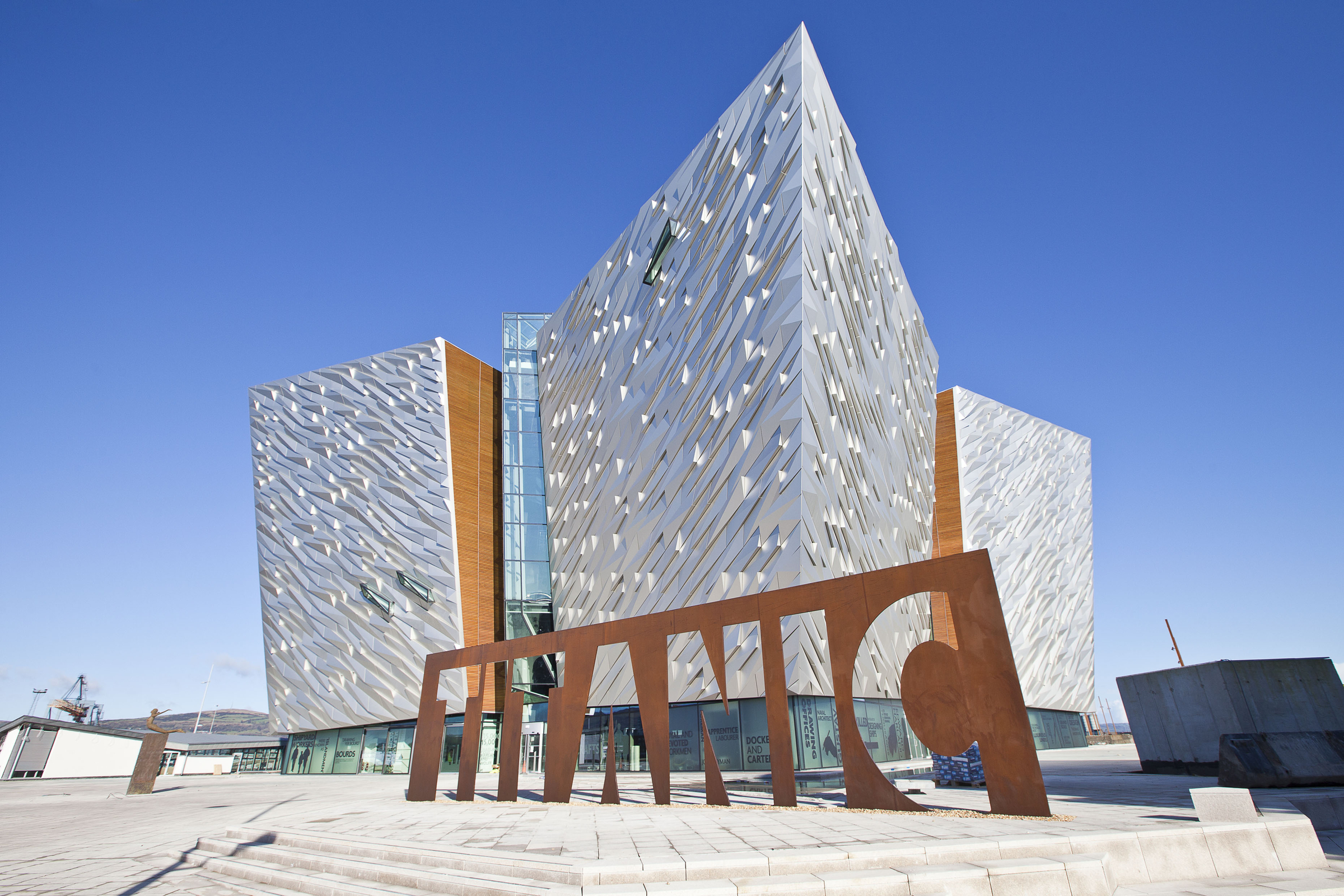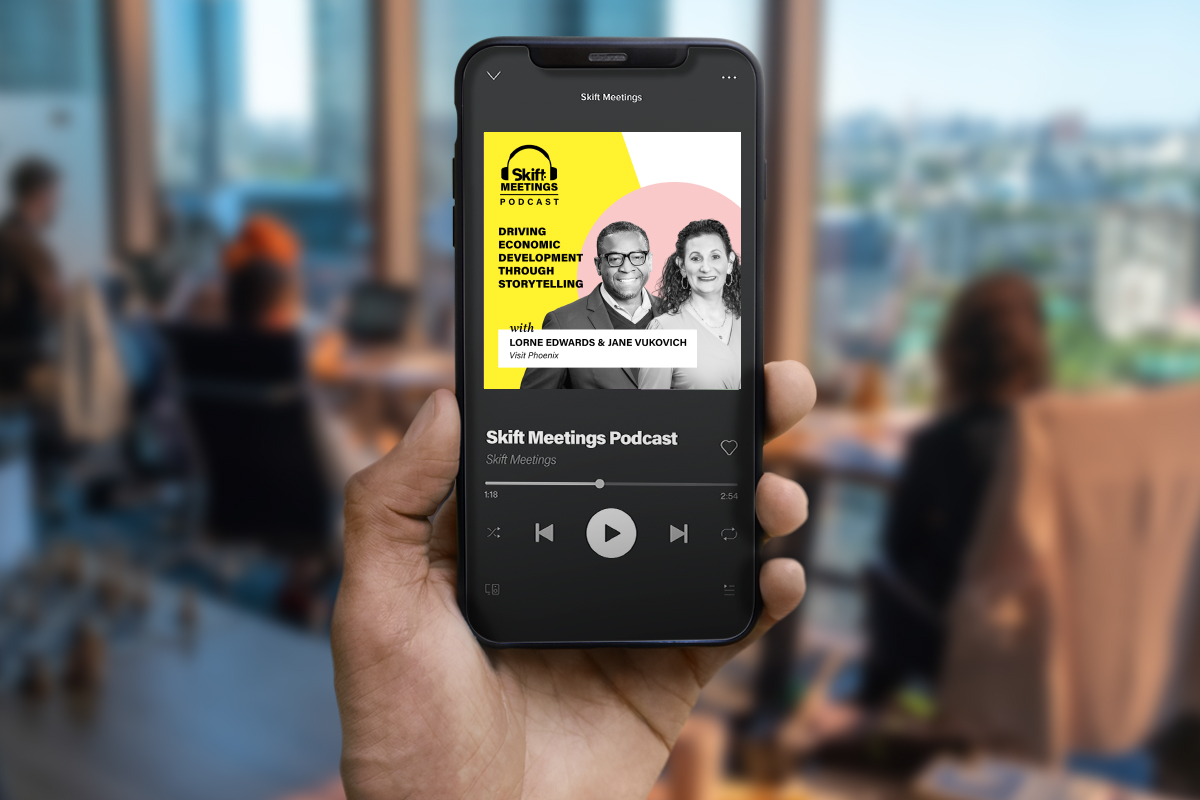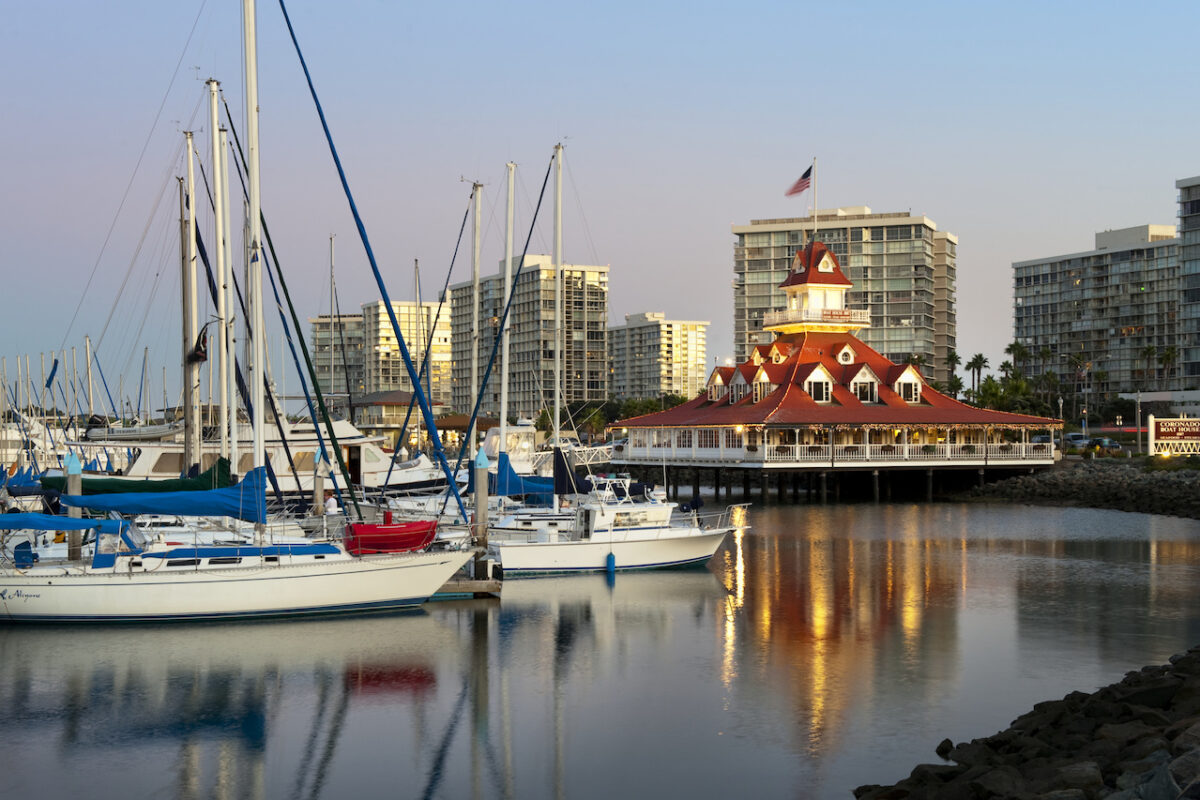Skift Take
Calgary’s Culture & Entertainment District promises to provide event planners with a unique destination and venue that will create unforgettable experiences and meaningful connections for attendees.
With virtual and hybrid events increasingly offering a convenient alternative to in-person events, planners have a new challenge: making in-person events attractive enough that attendees will forgo the convenience of virtual, in exchange for the unforgettable experience of in-person.
The element of “being there” needs to become essential once again, and for that to happen, event organizers need to create immersive experiences that delight all five senses and leave a lasting, transformative impression. That’s why it’s more important than ever to choose destinations and venues that offer rich cultural experiences.
Hosting an event at a venue rich in culture benefits everyone.
Event planners can incorporate the location’s cultural diversity into the event design — providing an educational and unique event experience. Attendees can benefit by forging lasting bonds through inspiring activities made possible by the destination of choice.
That’s why it’s essential to choose a destination that will facilitate these kinds of experiences, and Calgary, Canada, is a prime example. While most cultural and entertainment precincts evolve organically, the Calgary Culture & Entertainment District is unique. This Culture & Entertainment District has been built with intention. Envisioned to be a place of community, belonging, and celebration, event professionals will be able to design and deliver unforgettable event experiences using the various iconic and cultural district areas — each unique in form and function.
The Transformation of Calgary and Why it Matters
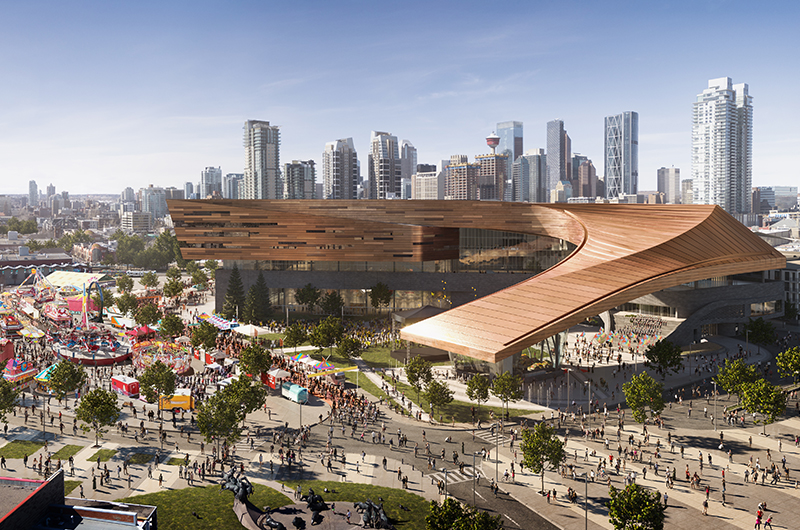

Image of BMO Convention Centre
We are living at a time when virtual attendance is easier than ever, but unique cultural experiences are harder to come by as travel opportunities are limited. One way to make events more attractive is to incorporate exceptional cultural experiences into the design — and when you choose a destination that bridges its meeting centers with its cultural district, half the work will already have been done for you.
The new Calgary Culture & Entertainment District provides the perfect backdrop to design events around the creation of new experiences by blending culture and conventions with purpose.
Calgary itself is an eclectic, cosmopolitan city located in Alberta, Canada. Home to the popular Calgary Stampede, it has begun work on its 20-year vision to transform its Downtown area through the development of the Calgary Culture & Entertainment District.
At the heart of this transformation is the BMO Convention Centre. The expansion project, to be completed by June 2024, will see this expertly designed convention centre double in size to almost one million square feet with 250,000 square feet of adjacent exhibit space. This will make BMO the largest convention facility in Western Canada.
Merging with the existing urban fabric, the new entertainment, and cultural hub will also include the Calgary Stampede, a new Event Centre, Arts Commons, and a modern light rail transit (LRT) station.
So what support can areas like Calgary Culture & Entertainment District provide planners trying to win back in-person attendees?
Event planners will have the opportunity to utilize a creative and culturally focused space within their event design. And while attendees will be near arts and culture institutions, new hotels, restaurants, retailers, and world-class venues, they will also learn about new cultures and people.
Combining Culture and Conventions
Culture is defined by what people do and how they do it.
Events can provide unique experiences that allow attendees to meet specific professional objectives, but also personal objectives to understand and feel enriched by a new culture. If the cultural backdrop of your event (the destination) is limited, this inevitably limits the type of experiences you can provide attendees.
And the fabric of Calgary is a unique crochet of cultures — from contemporary arts to sports and recreation, to cattle ranchers who bring all the adventure and romance of traditional cowboy culture to life at the Calgary Stampede. Further, the city intentionally makes it easy for event planners to incorporate all the different cultural experiences of Calgary into their event design.
Offering a touch of the unconventional as a backdrop for your convention, Calgary is also home to many creative options for offsite venues to surprise and delight attendees.
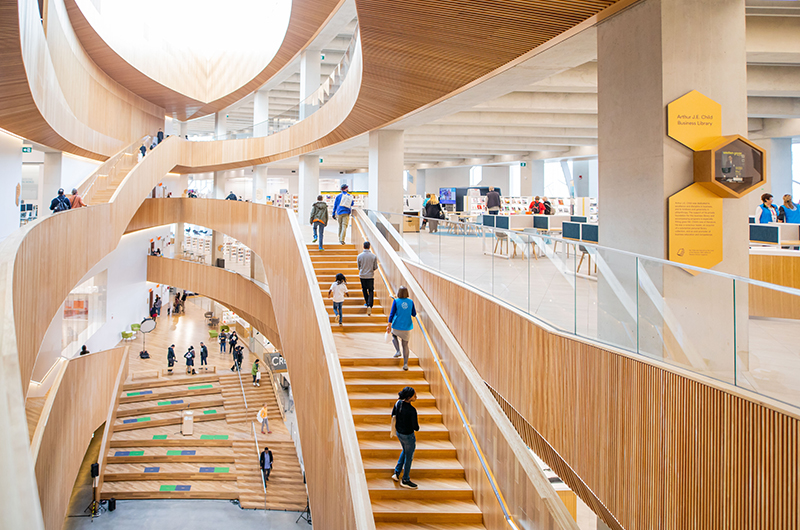

Credit: Neil Zeller, image of Calgary’s Central Library
Heritage Park is an immersive “village” featuring multiple historically-themed attractions for attendees to revel in. The “Wainwright Hotel” recreates the stately dining halls and infamous saloons of the frontier heyday. “Gasoline Alley” delights visitors with a display of vintage automobiles, and its floor plan can accommodate a 400-person banquet.
Calgary’s Central Library is a stunning work of architecture that also opens its doors for event planners. Its one-of-a-kind design fosters a sense of community and love of learning. Enterprising cities like Calgary understand that libraries are the perfect offsite venue to communicate your commitment to sharing the best and brightest ideas.
But experiencing the culture of a destination isn’t limited to the venues you choose. It’s also about how you help attendees connect. After two years of pandemic-related cancellations and event restrictions, how you empower attendees to make meaningful connections is even more important for creating an unforgettable experience.
Calgary has long been an attractive destination for event planners determined to provide an unparalleled attendee experience. The area is rich in outdoor and inspiring activities such as rafting on the Bow River, exploring four UNESCO World Heritage Sites, or even bobsledding.
Event planners can also provide attendees with a unique experience that they couldn’t do anywhere else. The White Hat ceremony is one example of this where attendees can become honorary Calgarians. As a mark of Calgary’s hospitality, they’ll also receive a certificate and a white Smithbilt hat.
Designing Events to Build Connections
Event design maps the attendee journey from start to finish and consists of two prominent elements:
1. Physical: venue, food, decor, AV, entertainment
2. Abstract: narrative, emotional response, story-telling, feel, connection
In both aspects of event design, the focus should be on attendees and designing an educational and relatable experience with a clear vision.
When thinking about your event design it’s important to remember that attendees don’t just come to in-person events to consume the content. Realistically, they could do this virtually. However, what they miss virtually is consuming the content while fully immersed in a multi-sensory experience. Ideally, the physical elements of an event should reinforce its abstract messaging.
If the architecture of your venue complements the surrounding scenery and the cultural heart of the city, attendees will feel connected to local attractions throughout all stages of the event — even in the middle of a keynote address. The key to great event design is mapping physical and abstract attendee journeys that allow them to fulfil their objectives and explore their cultural interests in a city full of inspiring activities and surprises.
The BMO Convention Center, for example, has been Calgary’s primary venue for consumer and business trade shows, special events, meetings, and conferences for the last 40 years. As a key part of establishing the Culture & Entertainment District, $500 million is being invested into expanding the BMO Centre.
Inspired by the dynamism of Calgary and the spirit of the Stampede, the building’s form and architectural character have been designed to express a sense of movement and energy. This is best represented through the sculptural shaping of the roofline of the third floor. It wraps around the outdoor exhibit plaza and lands gracefully on a unique pavilion structure at the southeast corner of the site. This sculptural roofline not only serves as an effective canopy along Stampede Trail, but also provides an undulating illuminated soffit to draw visitors into the space.
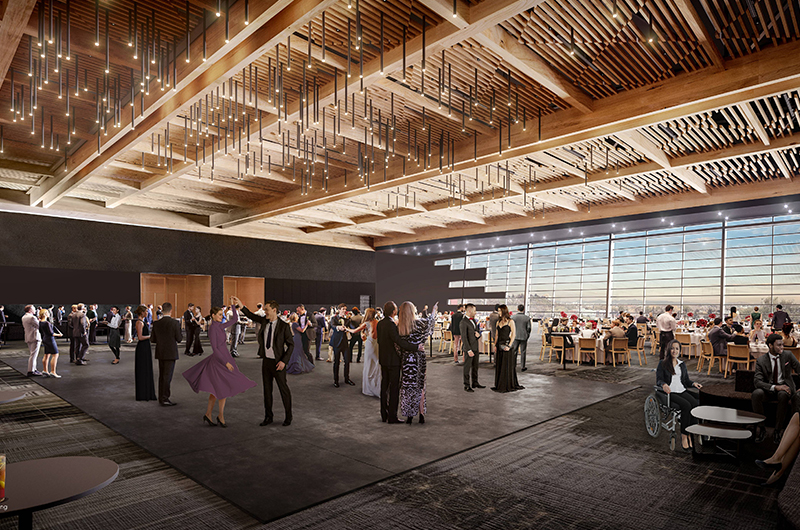

In many ways, the BMO Center’s architecture represents a marriage of the physical and the abstract goals that form the basis of effective event design. The Center’s roofline celebrates the movement and energy of everything that Calgary site has to offer: the rides of the Stampede midway, the circular movement of a lasso at the rodeo, the carved riverbanks of the Bow and Elbow Rivers, the undulating hills of the southern Alberta Foothills, and the movement of snow-drifts across the prairies. The building’s design effectively tells a story, while also literally drawing attention to the beauty of the surrounding landscape.
With the pandemic creating a greater need for outdoor activities and pent-up demand for exceptional scenery, this kind of design helps to set the stage for an event that takes a more holistic approach to attendee needs and desires.
Event Design that Balances Cultural Opportunities with Sustainability Goals
Attendees may be craving new cultural and travel experiences more than ever, but there is also more awareness around sustainability goals — and the impact that travel can have on our carbon footprints. While it may not be possible to remove travel from the equation, event planners can demonstrate their commitment to sustainability by choosing eco-friendly venues and locations.
One of the biggest challenges event professionals face is ensuring the sustainability of their events. With the wider global conversation centered around reducing carbon emissions and net-zero targets, governments are also looking to businesses to enforce corporate social responsibility policies. On the other side, attendees are more conscious of the need to live more sustainably. This is particularly prevalent among younger generations like Millenials and Gen Z, who are making purchasing decisions based on the sustainability practices of brands. Therefore designing a good experience also means finding a venue that is built sustainably and has sustainable practices baked into its design.
The BMO Centre’s expansion team has done just that. They set sustainable initiatives at the onset of the design phase. The initiatives aligned with the city’s Sustainable Building Policy and include optimizing the building’s energy performance, reducing water use, managing on-site storm water, planting drought-tolerant landscaping, and diverting high quantities of construction and demolition waste from the landfill. The team removed 16 thousand tons of demolished material from the BMO Centre expansion site, of which 94% was diverted from the landfill and recycled for use in other projects. These strategies will continue to be refined as the project progresses in collaboration with the city of Calgary.
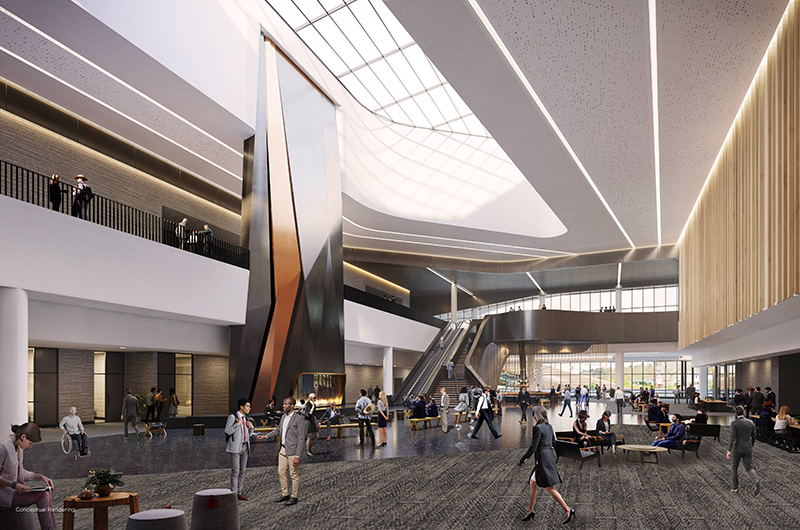

Conclusion
The rise of virtual and hybrid events has presented event professionals with a new but exciting challenge. In order to influence attendees to depart from the convenience of virtual participation, event professionals will have to design unforgettable experiences that simply cannot be reproduced online.
Core to achieving this objective is strategically picking destinations and venues that provide a variety of opportunities for connection, adventure, and exploration. Unlike other destinations, Calgary’s Culture & Entertainment district has been intentionally designed to support event planners to deliver unique experiences sustainably.
Visit https://www.visitcalgary.com/meetings for more info.

